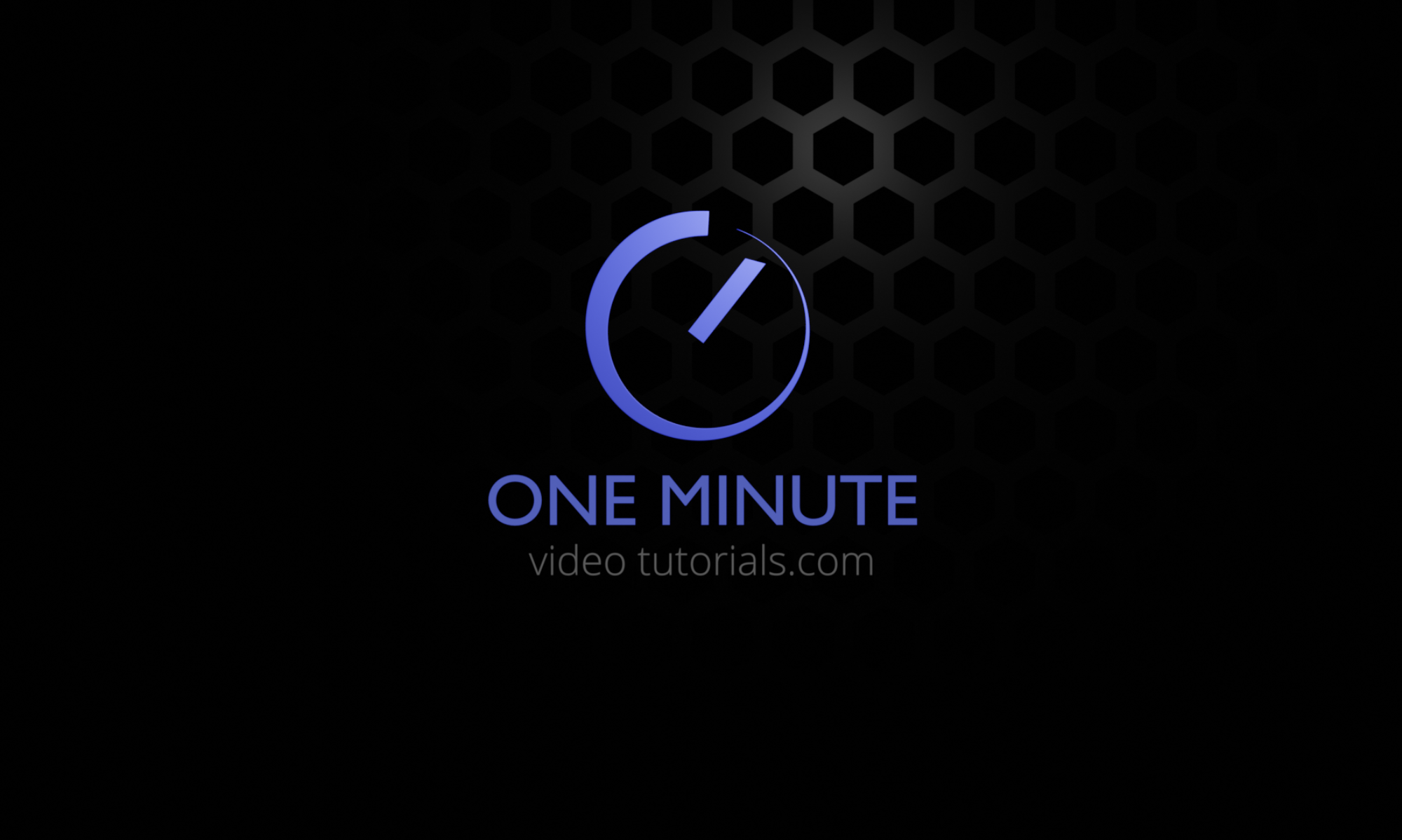Blender Video Editor Tips
Blender, being the Swiss-army-knife -tool that it is, can also do video editing. Setting up a video editing layout is easier than ever with the new “Workspace” -system of Blender. Simply click on the + button at the end of the workspace tabs and choose Video Editing –> Video Editing. Here’s a picture:

When using Blender as a video editor, a couple of questions immediately come to mind:
- How do I perform a cut? Answer: Simply press K.
- How do I perform a ripple delete (an edit in which the gap of the deleted content is automatically closed)? Answer: There is no ripple edit feature at the moment, but it can still be done very quickly by hitting “Del” to delete, then “Page up” to jump the playhead to the previous cut and finally “Backspace” to “Close gap”.
- How can I “render the timeline” for better playback performance? Answer: The best way might be to create Proxies. In the Proxy workflow, Blender will create new, better performing versions of your video files and use them for better work speed. These are the steps you need to take to enable Proxies in Blender Video Editor:

First find the Proxy Panel. It lives usually on the right side of the Sequencer (timeline looking panel). Select the clips you want to create a proxy for in the sequence. Click on “Set selected strip proxies” to set these clips up for proxy creation. It will ask for a desired proxy resolution. Then click “Rebuild Proxy and Timecode Indices”. Blender should now start creating the proxy files, next to your original files (although this location can be changed in the settings). It might take a while, but after it’s done, your playback should be much better.
Deleting colors from a forced color palette in Photoshop
This is a very specific topic, but it was hard to find information about it online, so I’ll post my findings here.
If you want to force a certain color palette on your image in Photoshop you can choose
Image –> Mode –> Indexed Color.
A window will pop up where you can choose a palette. If you want to create your own palette in which you select all the colors, you can do this:
Set the palette to “custom”. A color table window will open. You can delete existing colors by ctrl-clicking on them. You can add more colors by clicking an empty color slot and picking a color for it.

Here’s a quick gif-like video of creating custom color tables (ACT-files) in Photoshop and saving them for later use:
Quick PBR texture setup with Node Wrangler
Thanks to 3DTudor for this quick tip that can greatly speed up your texturing workflow! It’s based on first activating the Node Wrangler addon (comes with Blender) and then hitting shift+ctrl+T. The principled shader should be selected when you hit the shortcut.
How to render a stereoscopic 360 animation from Blender EEVEE
Rendering out stereo 360 from Blender EEVEE is actually pretty easy thanks to the new eeVR addon.
Random object colors in Blender EEVEE
DaVinci Resolve Power Edit Cheat Sheet
How to use Git with InstantWP
If you are using the amazing free InstantWP WordPress development package often, then you might start wondering how to properly use it with Git version control. The difficulty is that trying to add the entire Linux Alpine virtual operating system to Git is too heavy, but adding only the contents of the Theme folder will not keep track of your posts and other database related content. I will outline the steps I used to get Git working with IWP below:
Continue reading “How to use Git with InstantWP”Run a simple lightweight Python server
When you are developing websites you often run into the need to test them on a server environment, because browsers block websites with certain features from running locally.
Here is a really quick way to run such a website in a server environment using Python 3 (which you probably have already installed on your machine anyways).
- Open the command window where your website root folder is. One easy way of doing that is simply typing “cmd” in the Windows Explorer address bar.
- Type this command in the command window:
python -m http.server 8000
- Now simply go to http://127.0.0.1:8000/ in your browser.
If you are getting errors regarding script files with that simple version, you can also try this longer code:
python
#Use to create local host
import http.server
import socketserver
PORT = 1337
Handler = http.server.SimpleHTTPRequestHandler
Handler.extensions_map.update({
".js": "application/javascript",
});
httpd = socketserver.TCPServer(("", PORT), Handler)
httpd.serve_forever()And open that with:
http://127.0.0.1:1337/
Hair modeling tips for Blender
I have recently been doing hair renders in Blender and thought I would share some key tips that I have learned along the way:
- Use multiple particle systems. If you put all your hair in just one particle system, it becomes really tedious to edit the hair. You’ll end up combing hair that you didn’t mean to etc.
- Place the hair manually in hair edit mode (with the add hair brush). So set the initial amount to zero in the particle settings. Comb after every round of hair.
- Use simple children instead of interpolated, they are much easier to handle in the edit mode.
- To make the interpolated children more fluffy, increase the “radius” value.
- Be careful with the Path –> steps value, large values made my Blender crash.
- Use the Hair BSDF if you are rendering with Cycles. As of now that won’t work for Eevee so you’ll need to create your own shader for Eevee.
- Subdivide the roots of your hair in edit mode, because the hair needs more bend right where it comes out from the head. Also use enough keys when creating the hair strands.



